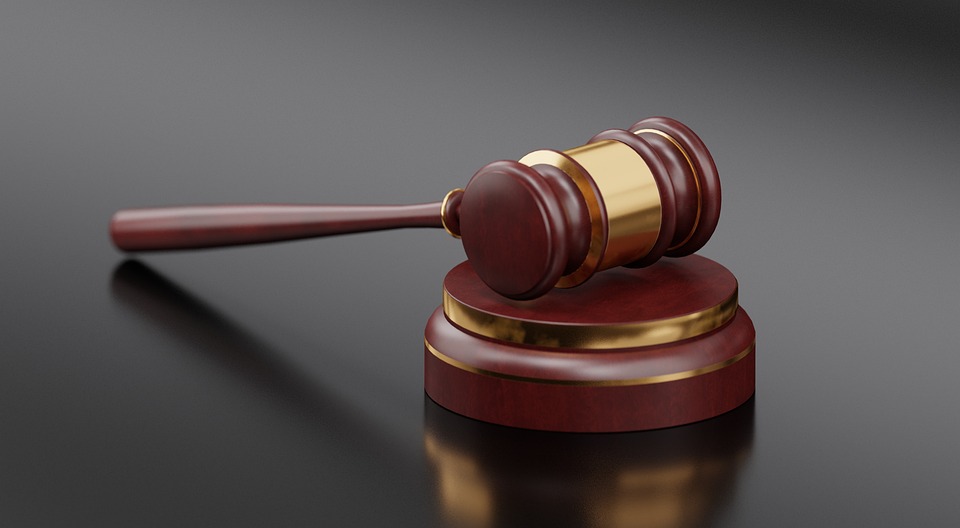From Statutes to Stare Decisis: A Journey Through Legal Reasoning
Legal reasoning is a complex and intricate process that guides the interpretation and application of laws. From statutes to stare decisis, the journey through legal reasoning is a fascinating exploration of how the legal system operates.
Understanding Statutory Law
Statutory law refers to laws that are created by legislative bodies, such as Congress or state legislatures. These laws are written down in statutes and are the foundation of the legal system. When judges are faced with a case, they must first look to the relevant statutes to determine what the law says on the matter at hand.
Statutory interpretation is a crucial aspect of legal reasoning, as judges must carefully analyze the language of the statute to understand its meaning and intent. This process can be complex, as statutes are often written in technical and legalistic language that may be open to different interpretations.
Applying Precedent: Stare Decisis
Stare decisis is a Latin term that means “to stand by things decided.” It is a fundamental principle of the legal system that dictates that courts should follow the decisions of higher courts in similar cases. This principle helps to promote consistency and predictability in the law, as it ensures that similar cases are treated in a similar manner.
When faced with a case that is similar to one that has been previously decided, judges will often look to the precedent set by that earlier case to guide their decision. This reliance on precedent is a key aspect of legal reasoning, as it helps to ensure that the law is applied in a fair and consistent manner.
The Intersection of Statutes and Stare Decisis
Legal reasoning often involves a delicate balance between interpreting statutes and applying precedent. Judges must carefully consider both the language of the statute and the precedent set by earlier cases in order to reach a reasoned decision.
When interpreting a statute, judges must consider the text of the law, the legislative history behind it, and any relevant case law that may shed light on its meaning. This process requires a deep understanding of legal principles and a keen eye for detail.
Similarly, when applying precedent, judges must carefully analyze the facts of the case at hand and compare them to the facts of earlier cases in order to determine whether the precedent is applicable. This requires a thorough knowledge of legal principles and a nuanced understanding of the law.
FAQs
What is the role of statutes in legal reasoning?
Statutes are the foundation of the legal system and play a crucial role in guiding legal reasoning. Judges must carefully interpret statutes to understand their meaning and intent.
How does stare decisis influence legal reasoning?
Stare decisis promotes consistency and predictability in the law by dictating that courts should follow the decisions of higher courts in similar cases. This principle helps to ensure that the law is applied in a fair and consistent manner.
How do judges balance statutes and stare decisis in legal reasoning?
Judges must carefully consider both statutes and precedent when making decisions. They must interpret statutes while also applying the principles of stare decisis to ensure consistency in the law.
Can statutes be overridden by stare decisis?
While statutes are the primary source of law, stare decisis can influence how statutes are interpreted and applied. In some cases, precedent set by earlier cases may take precedence over the language of a statute.
For more information on legal reasoning and the role of statutes and stare decisis, you can visit www.law.com.




